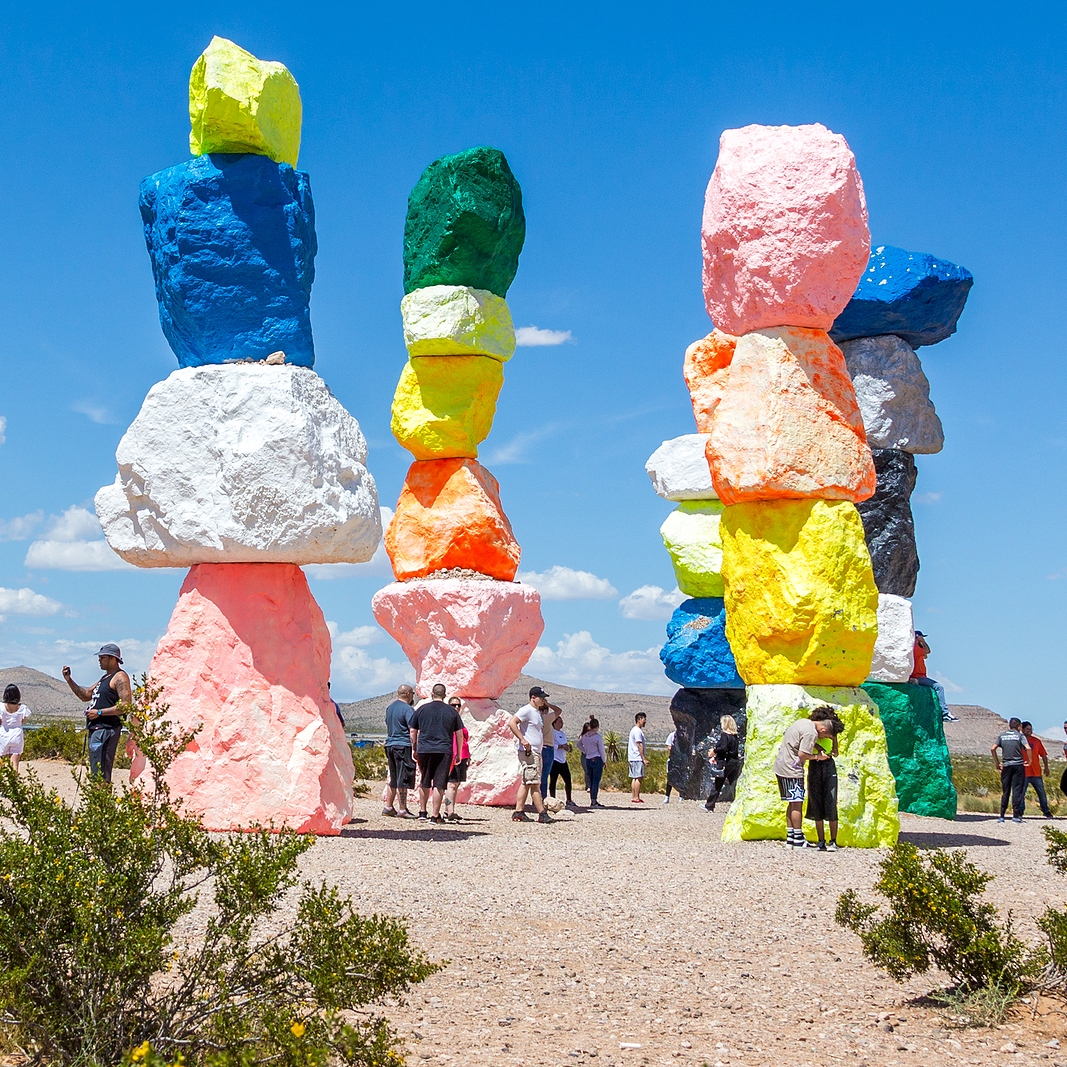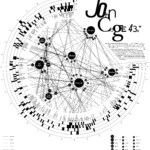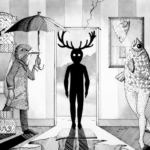Art and commons
Commons are worlds in movement. The communities that create forms of life in common and continue produce and share together. The term ‘commons’ is demonstrated by three dimensions which are human shared resources, relation of sharing and reproduction of the commons. Mollona claims “commons are enclosures which remain open, by resisting the disciplinary integration of capitalism “, she explored her ideas in her book that tensions, conflicts and entanglements between capitalism and commons at the threshold of art and political economy. Moreover, she raised the entanglement of capitalism and commons as ‘post-capitalism’, which is the generalized condition of the contemporary world. (Mollona, 2021) The connections between concept of commons and contemporary that contributed in a post-capitalism era is obvious and transferred.
Capitalism:
Commons have been endangered by capitalism throughout history. Marx indicated his theory of alienation, he begins with the “alienation of the result of man’s labor, alienation of objects produced by man. The realization of labor is its objectification, and this objectification is for the laborer at the same time the loss of object.” (Petrović, 1963) According to theory of Marx, capitalism has a complex system, it is not only an economic structure or a set of laws and institutions, it is a social, economic, demographic, cultural and ideological system that needs markets and private ownership to make society works for it. Meanwhile, post-capitalism becomes necessary once capitalism can no longer adapt to technological change, and it has reached the limits of its ability to adapt future.
Last commons trip we are going to two sites of galleries with different communities, they are private and public-funded respectively. Due to the terms of ‘modernity’, we are shared private resources through processes of enclosure, the discovery of private gallery ‘ingleby’ are proposed by one user, Peter Liversidge. The artworks with quotes and his explanation creating the relation of himself and objects. Such as install a pair of five pence pieces, cast four objects in recycled aluminium recreate the photograph taken on the coast. These demonstrates a lack of interaction with open relations, and new technologies of the information and communicative commons by one use, due to speculative proposals, it is considered as a transformation of the real into the commodity form with aesthetic media functions. Therefore, the private goods with a high degree of subtractability over time.



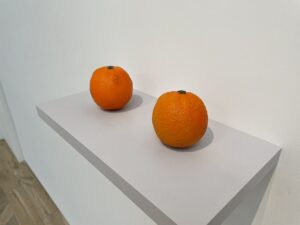

'Commons world':
Commons involve sort of common pool of resources concern as non-commodified means of fulfilling people’s needs. How we shape a common world with shared resources, this is a degree that not only about ownership but about meaning and never fully individual. Simmel describes the experience of “self-transcendence also as one of progressive objectification, externalization and abstraction of life into autonomous and exexternal forms, media and institutions.”(Mollona, 2021) The counterparts of alienation relates to self- alienation. To expand that, self-alienation makes people start to think about their surroundings, the awakening of consciousness replaces individual’s relationship with objects or technology, and the transformation of social forms also begins to change.


On the one hand, the commons need to fit with a definition as a ‘thinking tool’, which break with the “view of individual self-maximization”. (Shusha, 2021) Worlds of communing are not simply worlds of shared beliefs and habits but are belonging and develop forms of active participation in the shaping of the rules that sustain them. Due to the bar chart showed by Scolttish national gallery, numbers of participants from a collaboration of cultures that took part in last ten years. The developing diversity of art collections and their key performance indicator, which is clear that the visits satisfaction approach to 91% average across the sites. This data indicated a low possibility of exclusion with public goods. To expand that, aesthetics of the commons create relations to the larger concept of the ‘commons’. The concept work with not just ideas or personal fantasies but social imaginaries, they are “a set of collectively-held, basic assumptions and beliefs that cannot be proven but are taken as self-evident.” (Shusha, 2021) Therefore, from a ‘commons’ perspective, artworks are the result of a quantitative aggregation culture, which replaces the personal attribution and collectiveness of classical art. It has a kind of sharing, thinking and expansion of interpersonal relations in contemporary art. When capitalism is transitioning to the post-capitalist era, the creation of artistic works is more inclined to a kind of individual unconscious play, the integration of diverse cultures and the interaction of interpersonal relations.
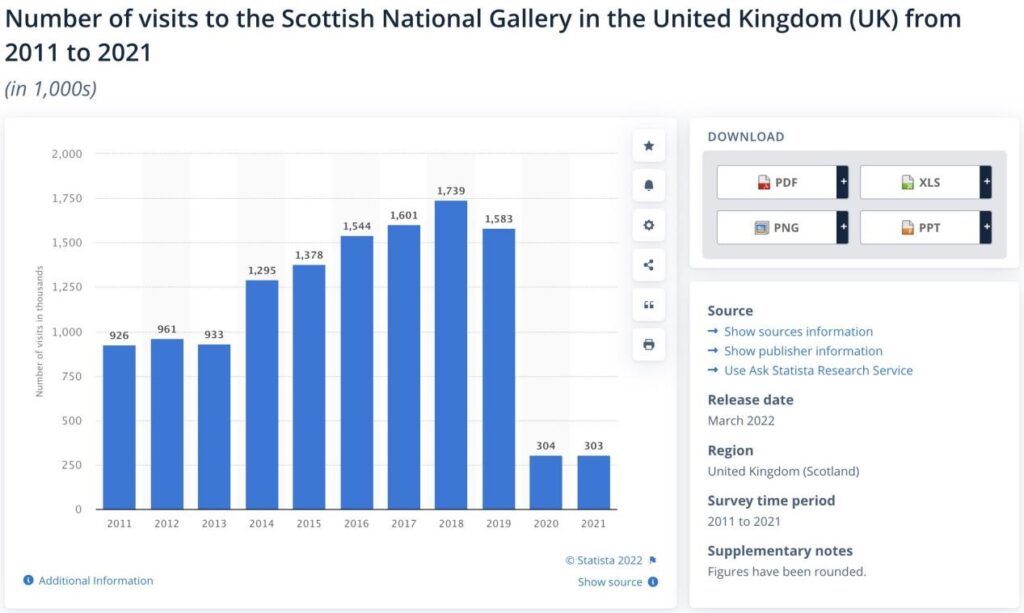

On the other hand, there are two social dilemmas have been involved in common world, one indicates individuals try to take the benefits arising from the commons without contributing to its maintenance, another refers to the reproduction of the cultural resource creating uncertainty in the transmission of the commons to the next generation.
Post-capitialism:
How to think about the terms of ‘post-capitalism’, post-capitalism is possible because of the impact of new technologies, information technology reduces the need for work, blurs the line between work and free time, structures the relationship between work and wages, and the emergence of services and organizations that no longer respond to the demands of markets and management. This change in social form also affected that how artists contributed in their artworks.
Furthermore, the most obvious characteristic of contemporary art is its freedom, this allowing artists, to endow work and life with their own meanings. The concepts of artists in contemporary art practice how they rethink the space and social relations, to think “beyond the notions of public and private space, and then to understand common space not only as space that is governed by all and remains open to all, but that explicitly expresses, encourages and and exemplifies new forms of social relations and of life in common.” (Stavros, 2016) Moreover, how we propose reproduction of the ‘commons’, a terms of ‘altermodernity’ is going to think about, this is a concept beyond modern, a new modern feature, multiculturalism and identity are being replaced by cultural integration, ‘altermodernity’ can be regarded as a variety rather than a linear process, the diversity of culture and forms of expression, spiritual concept is not restricted by the region and nation is the main principle of ‘altermodernity’.
References:
Mollona, M. (2021). Art/commons : Anthropology beyond capitalism / Massimiliano Mollona. (In common (Zed Books)).
Petrović, G. (1963). Marx’s Theory of Alienation. Philosophy and Phenomenological Research, 23(3), 419–426. https://doi.org/10.2307/2105083
Shusha Niederberger (Hg.), Cornelia Sollfrank (Hg.), Felix Stalder (Hg.). (2021). Aesthetics of the commons. Zürich, diaphanes. Pages 11-22. https://www.diaphanes.net/titel/aesthetics-of-the-commons-6419
Stavrides S. (2016). Common space : the city as commons. Zed Books.
